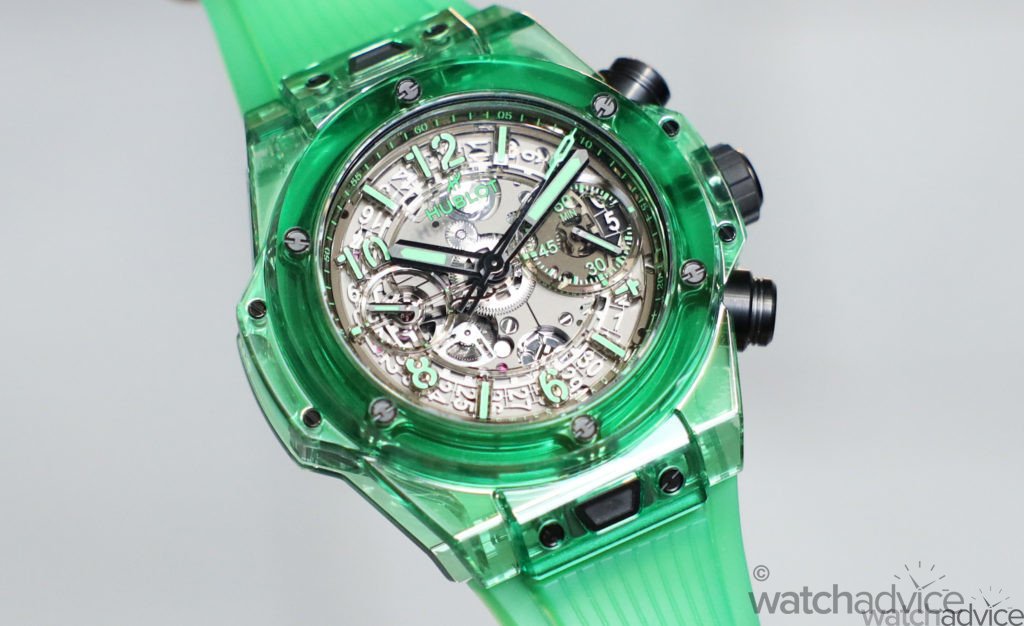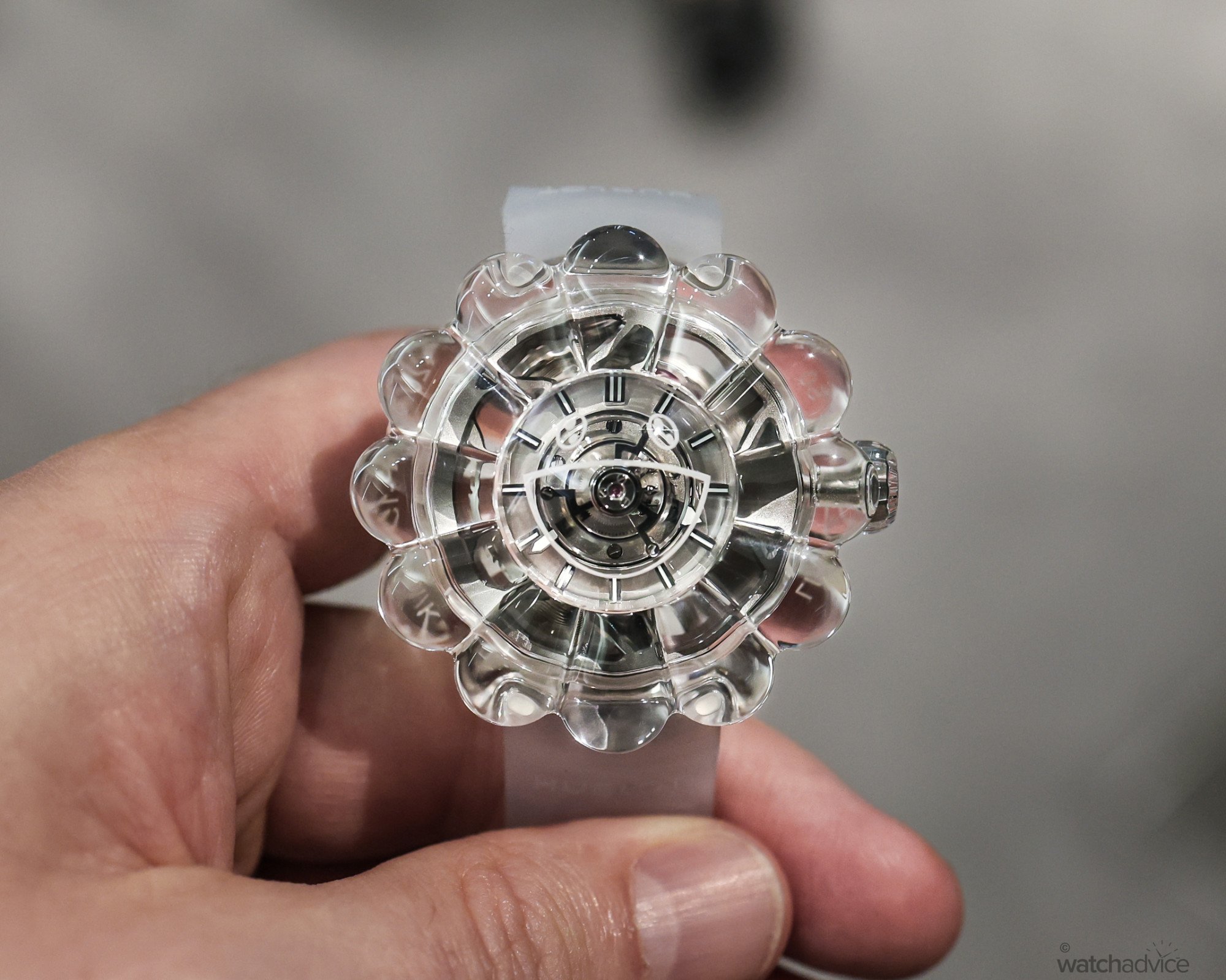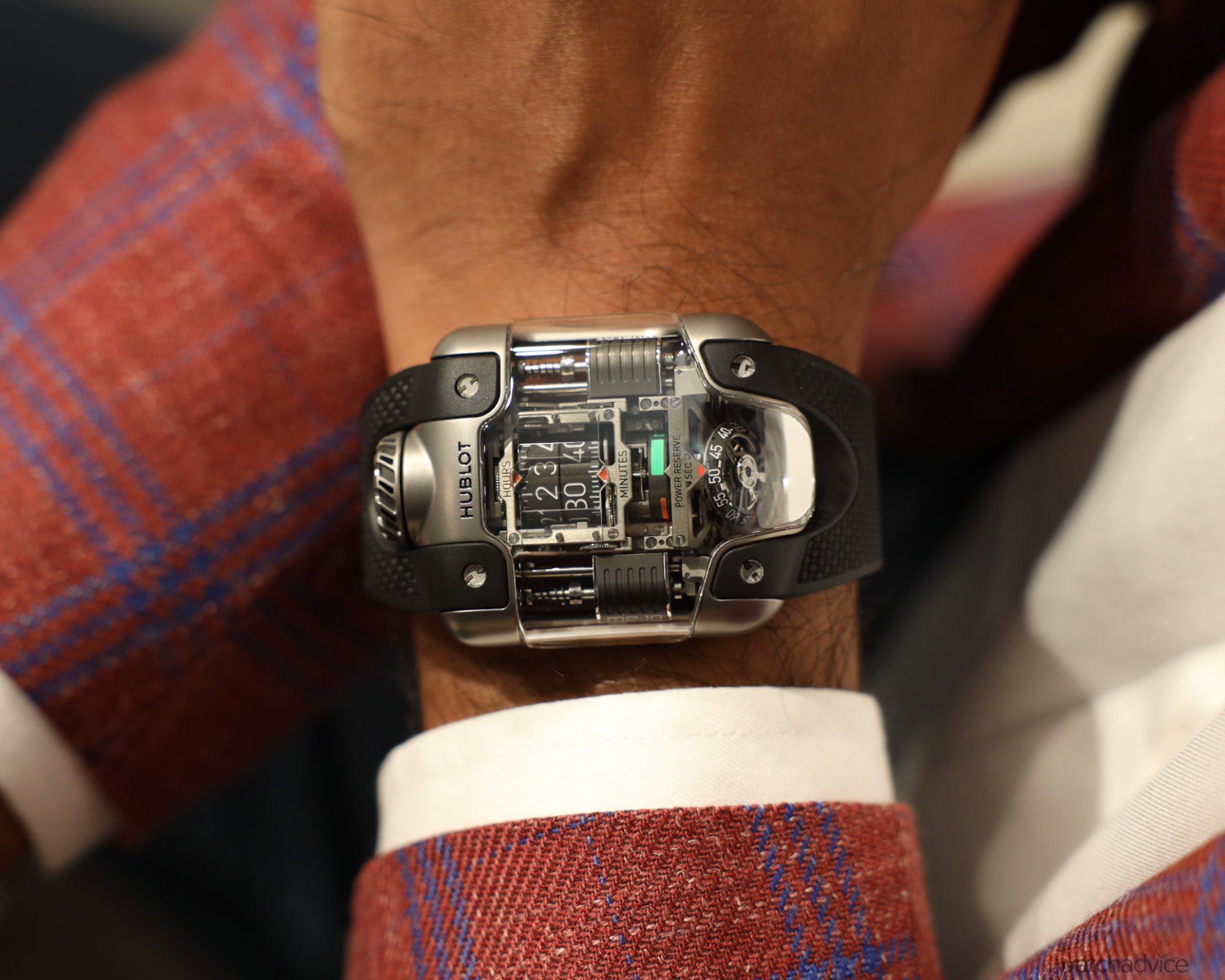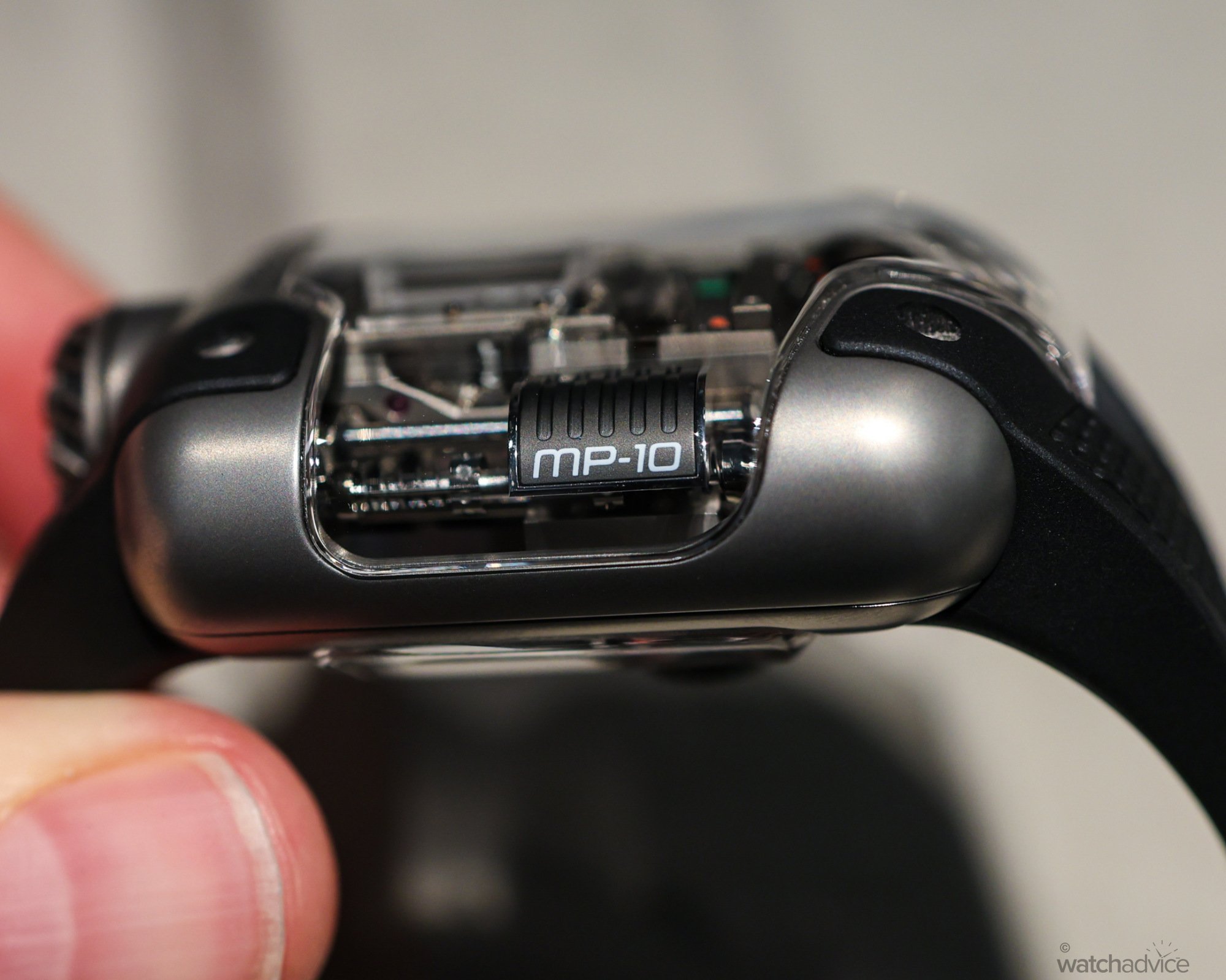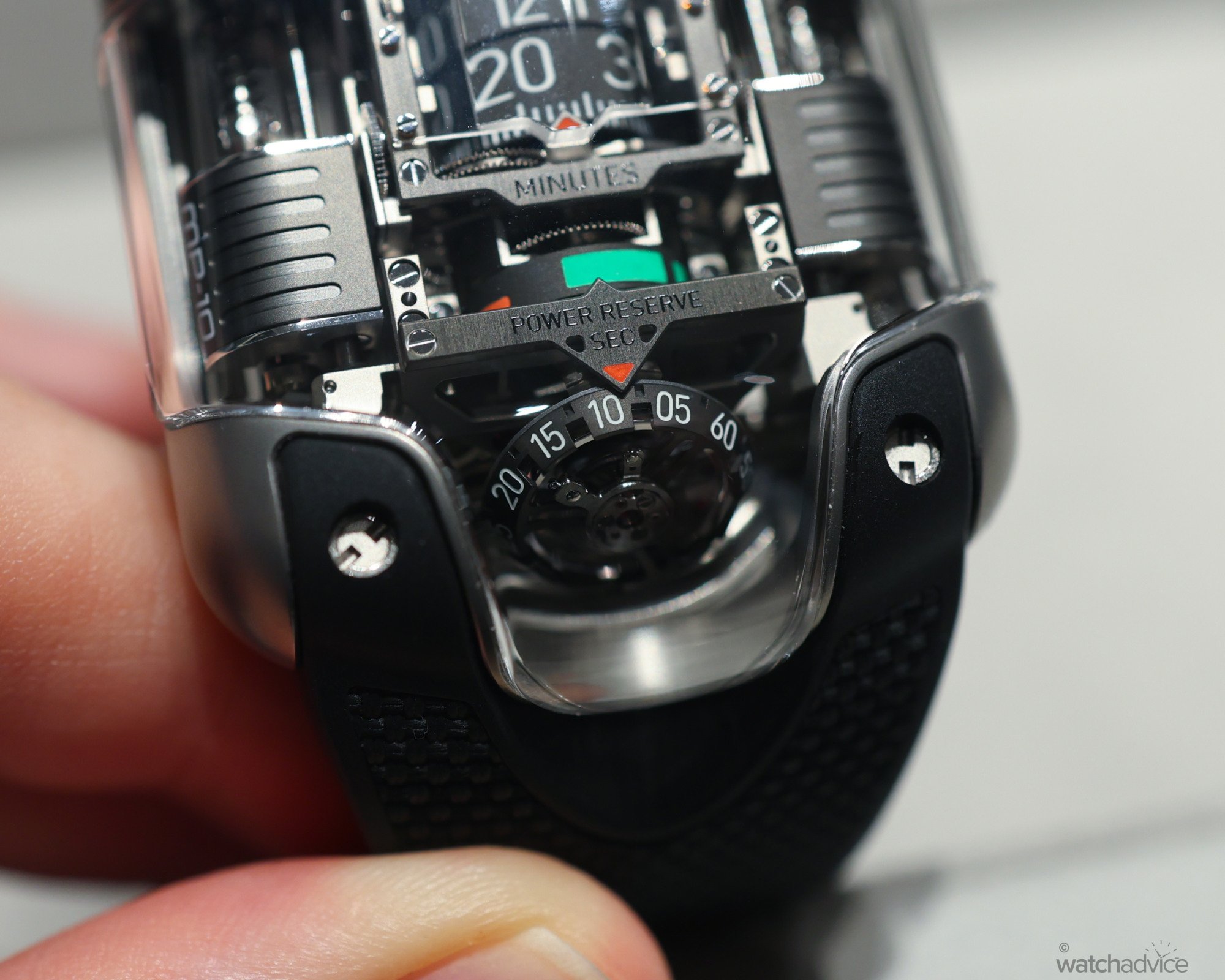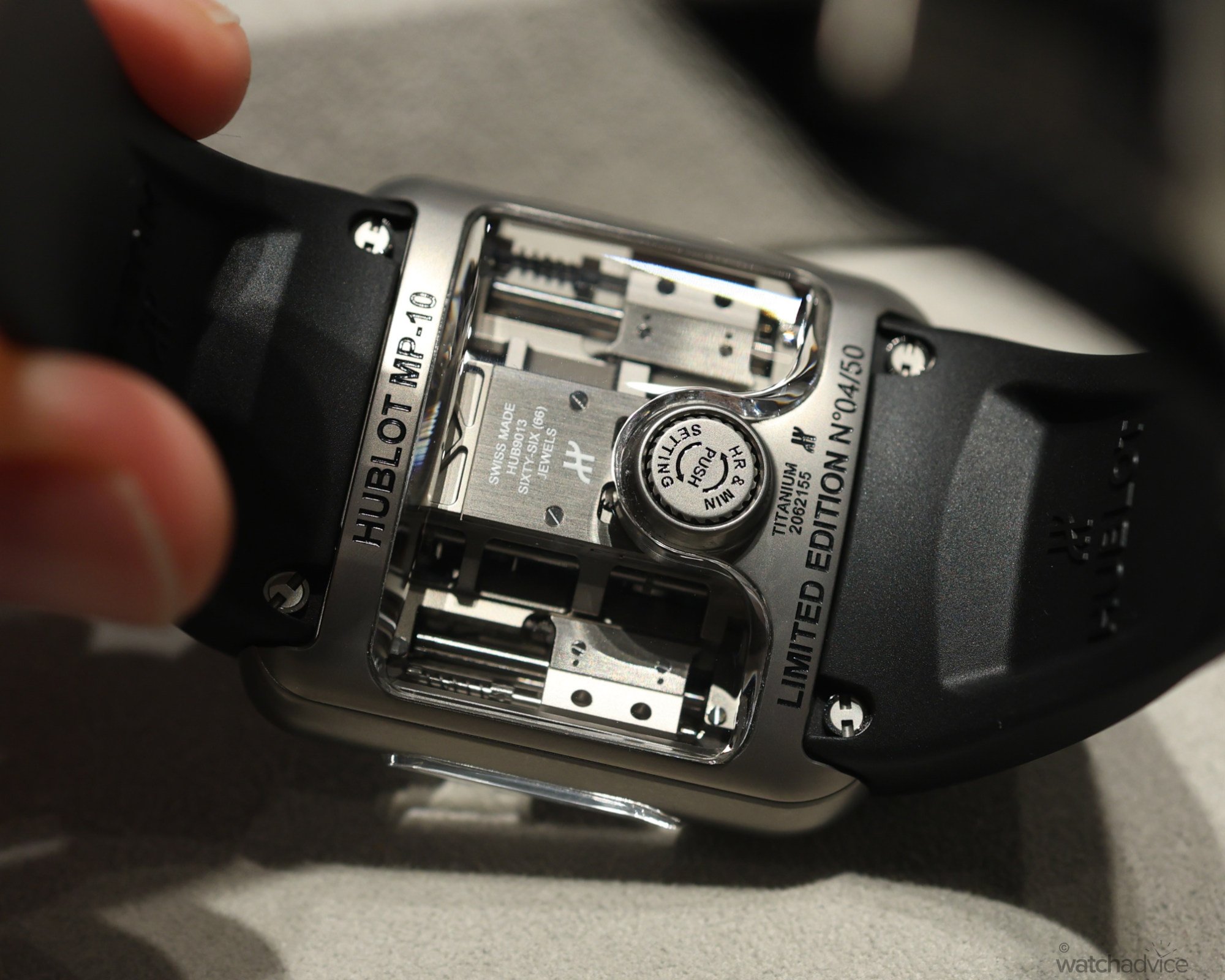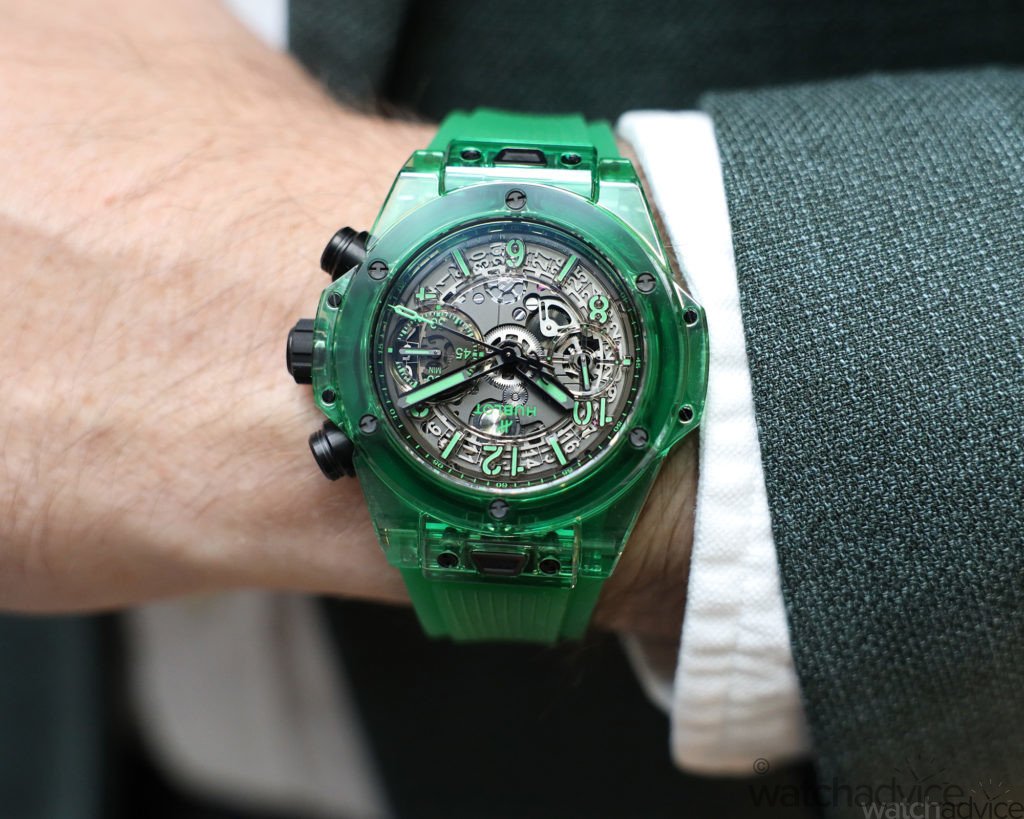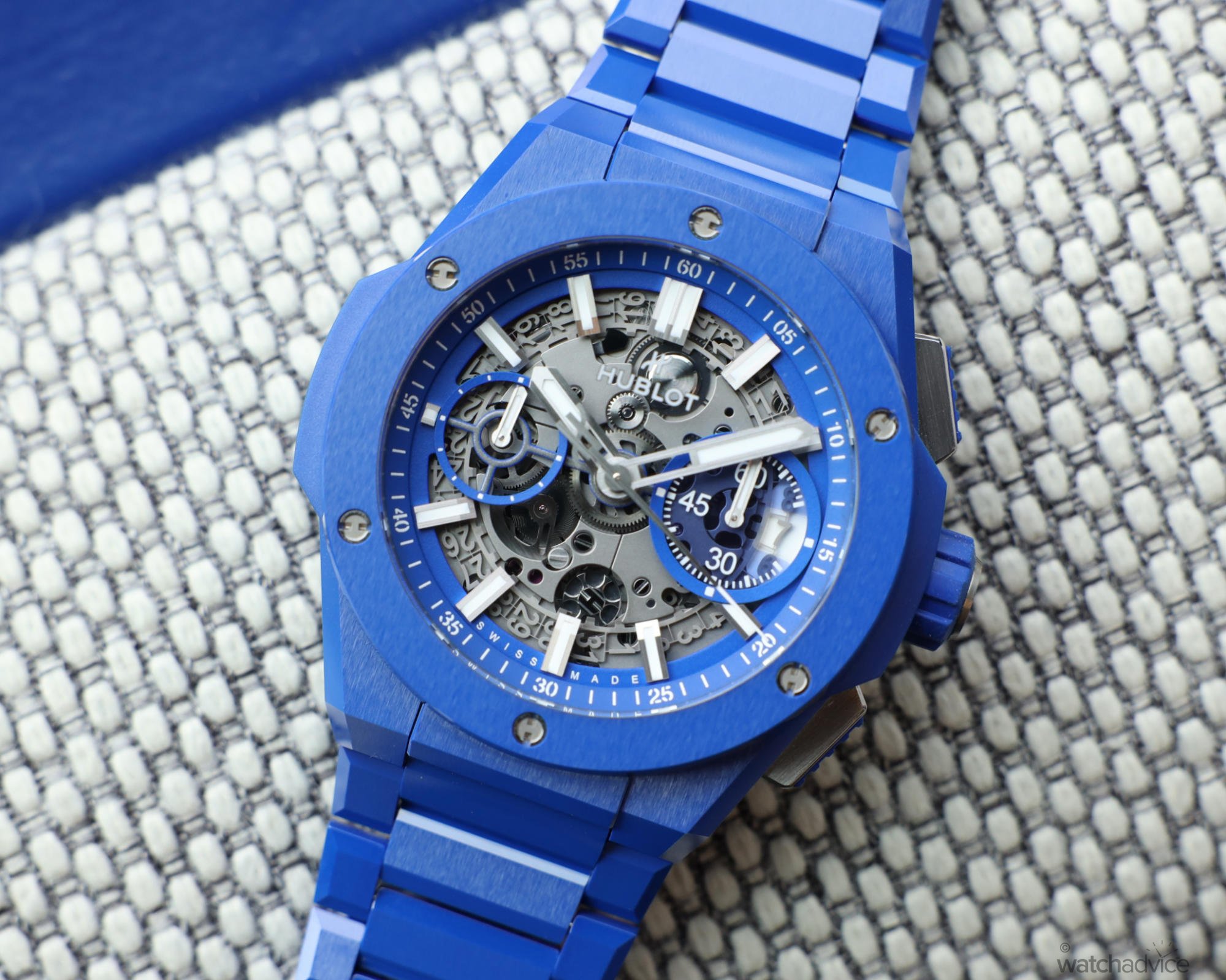There’s no brand more polarising than Hublot, and we take a look into the reasons why, and look to tackle these misconceptions head on!
Let’s face it. Hublot is a love-or-hate brand. It seems that there is no shortage of people who are not the brand’s biggest fans, but on the flip side, there is plenty of love for Hublot going around. And why wouldn’t there be? Honestly, they make some amazing watches, and when you start to deep dive into the brand today, the Hublot of 2024, there’s a lot more to them than meets the eye. Now even as I write this, there will be some people who are reading this rolling their eyes. But stay with me, dear reader as I delve into just why we think Hublot is the most misunderstood brand and try to dispel some of these misconceptions.
Now, before we get into it, a point to note. These misconceptions are a collation of us scouring the web, socials, blogs, comment sections, passing conversations we have with watch enthusiasts, and even some “watch journalists’ and commentators. And reading and hearing much of this we have to laugh, as much is incorrect and coming from not being informed and people parroting what they hear others say. Ah, social media echo chambers are the best aren’t they? Whilst we don’t pertain to be Hublot experts, (we’ll hopefully be talking with some of these throughout this year) it’s what we know about the brand, speaking to people from the brand and looking into its history and even what Hublot is doing as a brand today. So, let’s get going…
Hublot Is Too Big, Bold & Polarising vs Other Brands
We thought we’d start with an easy one, or at least, a very common overarching theme. And to be honest, this isn’t really a misconception, but rather a negative moniker Hublot shouldn’t have. Yes, they are bold, and yes they are polarising (potentially because of their size and boldness), but is this such a bad thing? The wonderful thing about loving watches like we do is that you quickly learn that there are watches for everyone out there and all styles and tastes. Some brands choose to be conservative and classic, which is something I personally like as their pieces never go out of style. Other brands, like Hublot like to go against the trend and rather than following, set them themselves.
You could liken this to the fashion world. Classic brands with classic looks, and others that are more Avante Guarde. Dior is a household name today because of their out-there designs and Haute Couture in the 40’s and 50’s, and if it wasn’t for Christian Dior’s imagination, Dior as a brand may be less Dior and more of a retail department store brand today. Hublot is bold, and as a result polarising, but as they say in Brand Strategy 101, you need to have haters to have lovers of your brand, and if you try and target everyone, you target no one. Polarising is actually good for brand growth!
As for the issue of size, Hublot went through the large watch phase, as did many brands like AP, Breitling, TAG Heuer, and Panerai, to name a few. However, gone are the days of giant Hublot watches. The Big Bang Unico now comes in 42mm, and their Classic Fusion in a range of sizes to suit from 45mm down to 33mm. In fact, 45mm pieces are becoming less and less across all collections, which shows Hublot is taking note and following the market’s wants. A prime example is the Unico Full Magic Gold on my 17.5cm wrist, (pictured below) and it fits very well. My Rolex Sea-Dweller is larger and thicker – which no one seems to complain about!
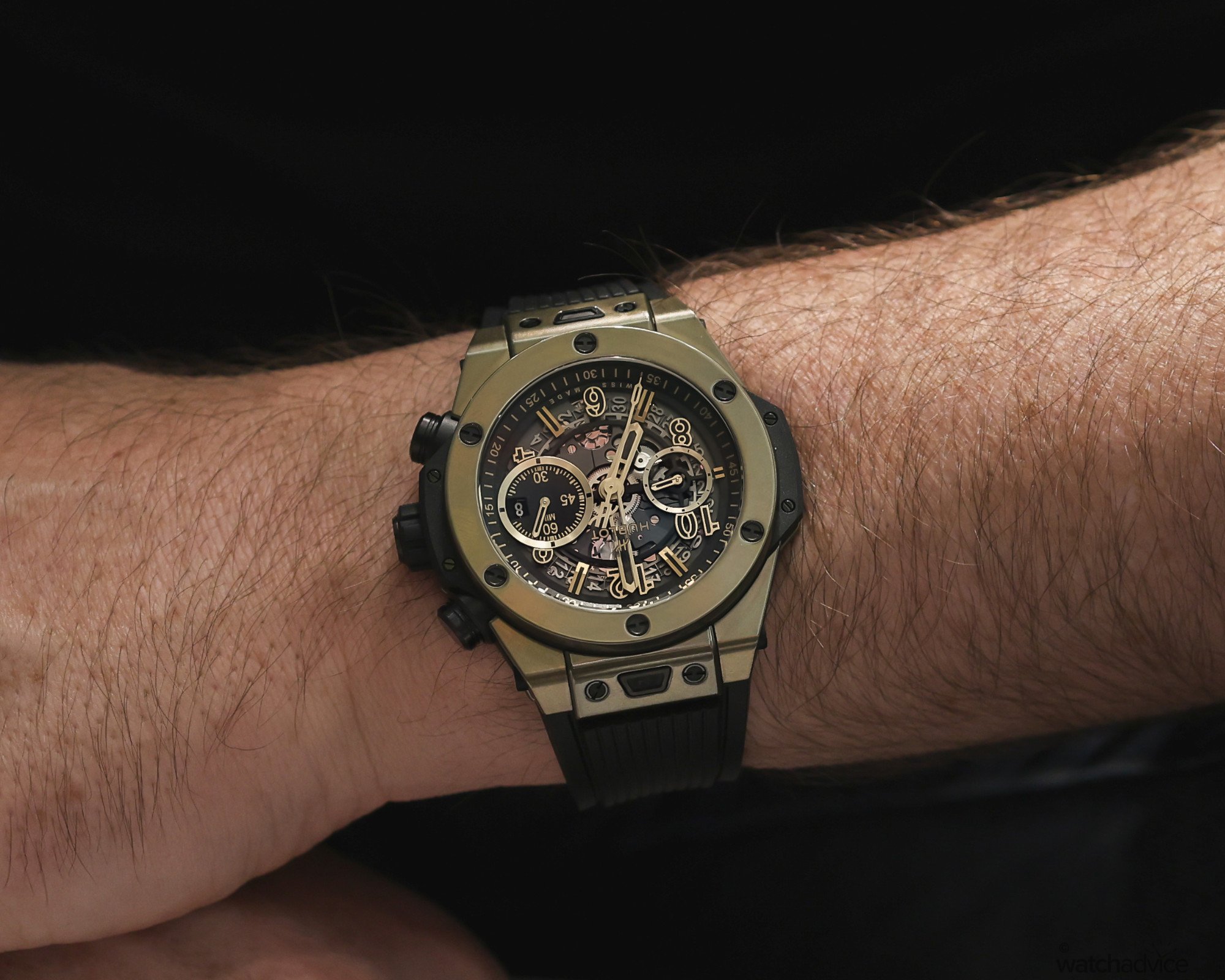
Hublot Is Too Artsy, & Not For The Average Person
This theme is kind of an extension of the above. When Hublot launched the collaboration with Takashi Murakami, the internet went into meltdown (ok, maybe not the whole net, just the watch blogs and social media sites etc) with people being polarised by the watches. Even when Hublot launched their latest collaboration with the Japanese artist, the MP-15 Floral Sapphire Central Tourbillon, we saw so many people out there saying how ugly it was and why anyone would wear a flower on their wrist!
But here’s the thing, and this takes me back to one of my previous points. There’s a watch out there for everyone. And I’ll say this. Most of the people having negative comments about the MP-15 have never seen it in person, will never have the $475,000 to own it, and also have no idea about the engineering and craftsmanship that goes into designing a watch shaped like a flower (Takashi Murakami’s signature design by the way, so this makes complete sense). Sapphire isn’t the easiest to work with, especially when talking about a flower-shaped case and the complexity of achieving the clarity and light-reflecting properties that piece has adds another layer of difficulty to it. And let’s remind ourselves that a lot of brands do sapphire cases; still, only Hublot dares to push boundaries to bring us a creation such as this!
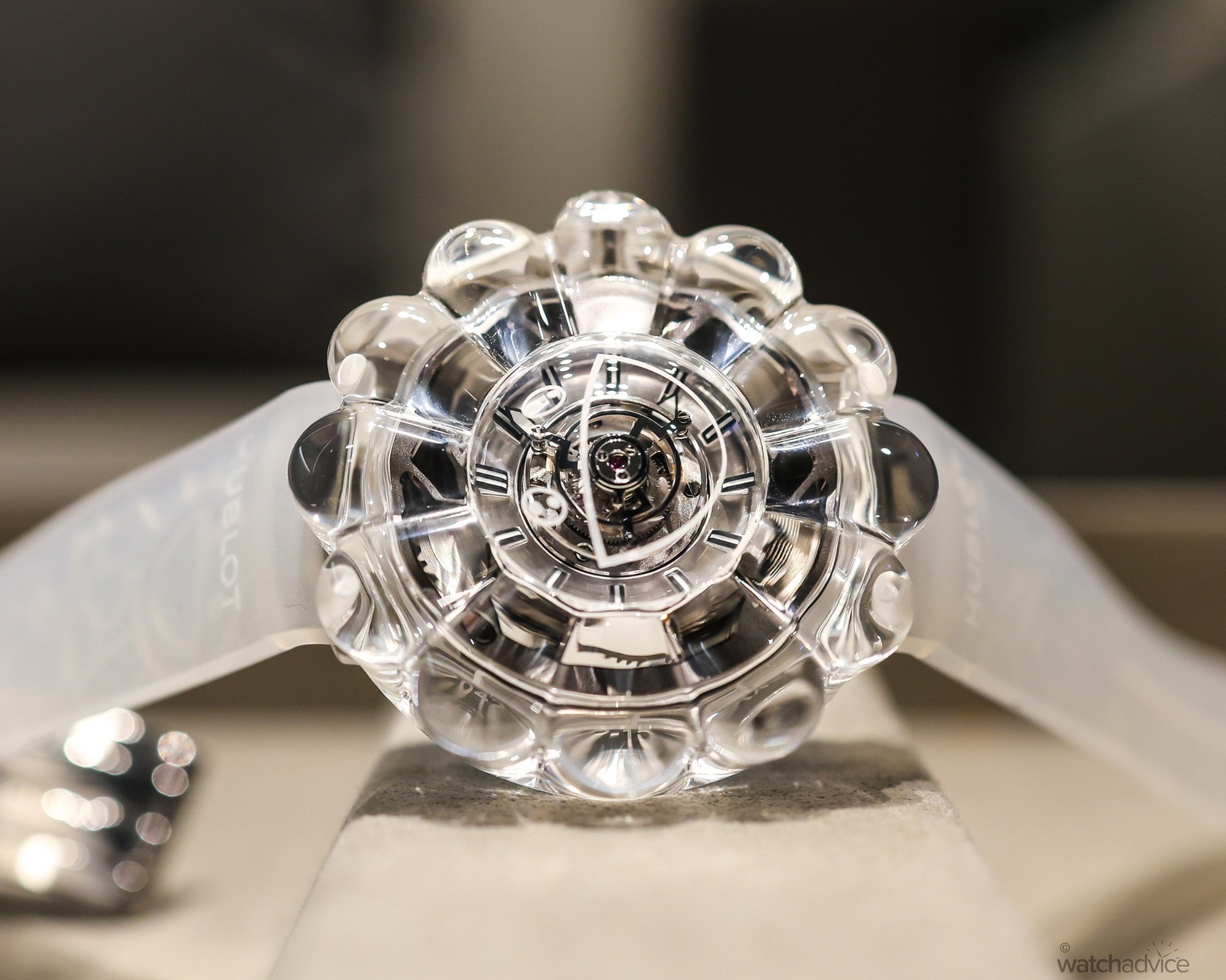
On top of this, fitting a central tourbillon mechanism within this intricate sapphire case is a feat in itself that deserves recognition. Oh, and with only 50 pieces available, they’re almost all spoken for, with only a few remaining pieces left in the world. Having seen and handled this piece, I can say that it is an amazing piece of art, craftsmanship, and watchmaking.
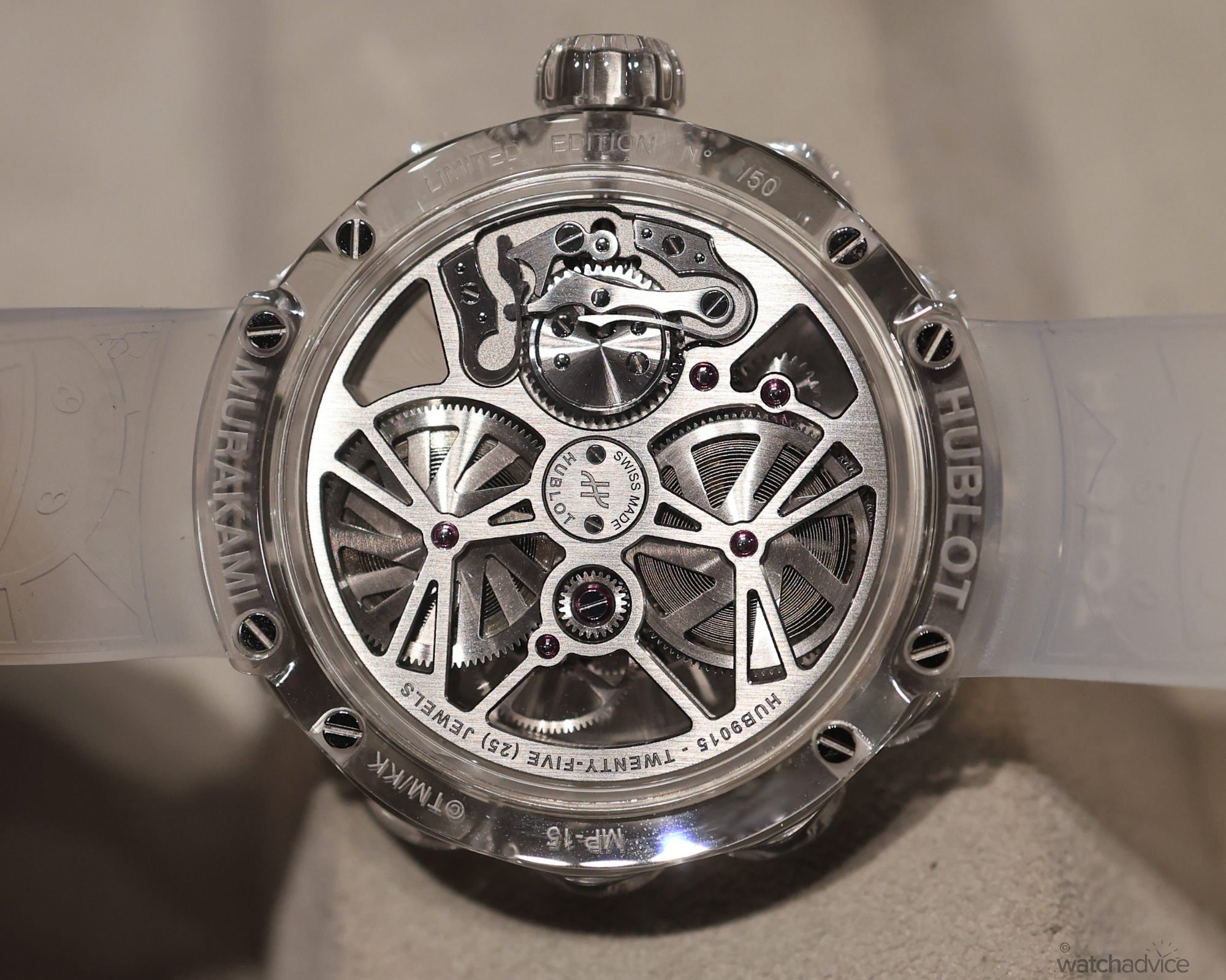
Would I wear it? It’s not really my style or conducive to my lifestyle (or bank account for that matter), but there are hundreds of watches that I wouldn’t wear as it’s not what I like personally. But I know people who would and could wear it should they choose to. Being a watch lover and journalist, I can appreciate it for what it is as I know the effort, skill, and R&D it takes to create it. Again, it’s wearable art, and art is subjective – not every piece is for everyone, especially a piece that is the better part of A$500,000!
Hublot Has Too Many Limited Editions
It seems these days, many brands are doing limited editions and limited yearly production runs. We actually tackled this topic somewhat in our opinion piece, What Makes A Good Limited Edition Watch? Hublot is not unique to this. Panerai has been doing limited editions and runs for decades, Omega, Jaeger-LeCoultre, TAG Heuer, Breitling, many micro brands and independents do limited edition pieces. Just look at every brand that jumped on board the limited edition Year Of The Dragon bandwagon this year. Pretty much all! So when you look at a brand like Hublot, yes it does limited editions, however, it’s really only for very high-end pieces, special collaborations, or celebratory pieces (like most brands do).
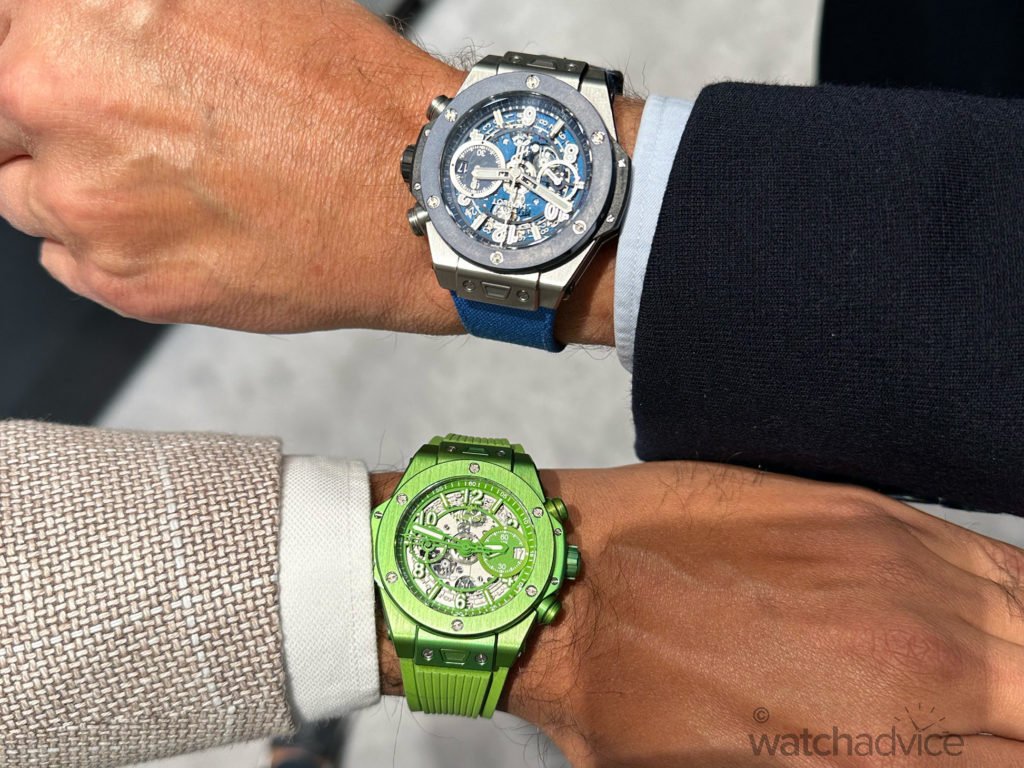
As an example, the collaboration Hublot did with Nespresso was a genius idea. Not only did it get people talking about a watch that was all green (in person, it looks very good, just saying!) but it combined two worlds together – coffee and watches, and made each aware of the other. Add to this, the piece used manufacturing techniques that were good for the environment: Utilising used ground-up coffee in the strap and recycled Nespresso Pods to make the watch itself. Here is an interesting take on these limited editions that one may not have thought of. As a brand, limited editions are about expanding the reach of the brand and, in turn, increasing brand presence.
For example, if we take the Nespresso collaboration, Nespresso has a US$5.6 billion Net Worth and a US$7 billion revenue, strategy, and business model. Tapping into this market is a genius move for Hublot and a massive win for the brand, as it opens Hublot up to this market and people who may not have previously been exposed to the brand. Not only this, but the manufacturing process of this piece also uses environmentally sustainable manufacturing practices by incorporating recycled coffee grounds into the strap. The case, bezel, crown, and pushers are made of recycled aluminium Nespresso pods, so it’s a win-win for both brands.
Oh, and speaking to the brand, it works! People love rarity, and limited editions still entice people to buy those pieces. It’s human nature – we want what we can’t have, and want to feel special by having something others don’t!
Hublot Has A Lack Of Heritage & Expertise
We’ve heard this one pop up every now and then. The watch industry and brands within it have, for the most part, built its reputation off history, heritage, and expertise. How often do you see a brand talk about its heritage in watchmaking, the founders who started up the brand 200 years ago, and how it evolved? In fact, many brands now have Heritage (or insert synonym) Directors who help to design new pieces by looking into the past, pulling designs from their back calatogues and giving them new life as either re-editions, re-interpretations or homages to those vintage pieces. It’s part of the brand’s story, and important from a marketing perspective. I love a good brand story and have fallen in love with certain brands because of this, and something I appreciate very much.
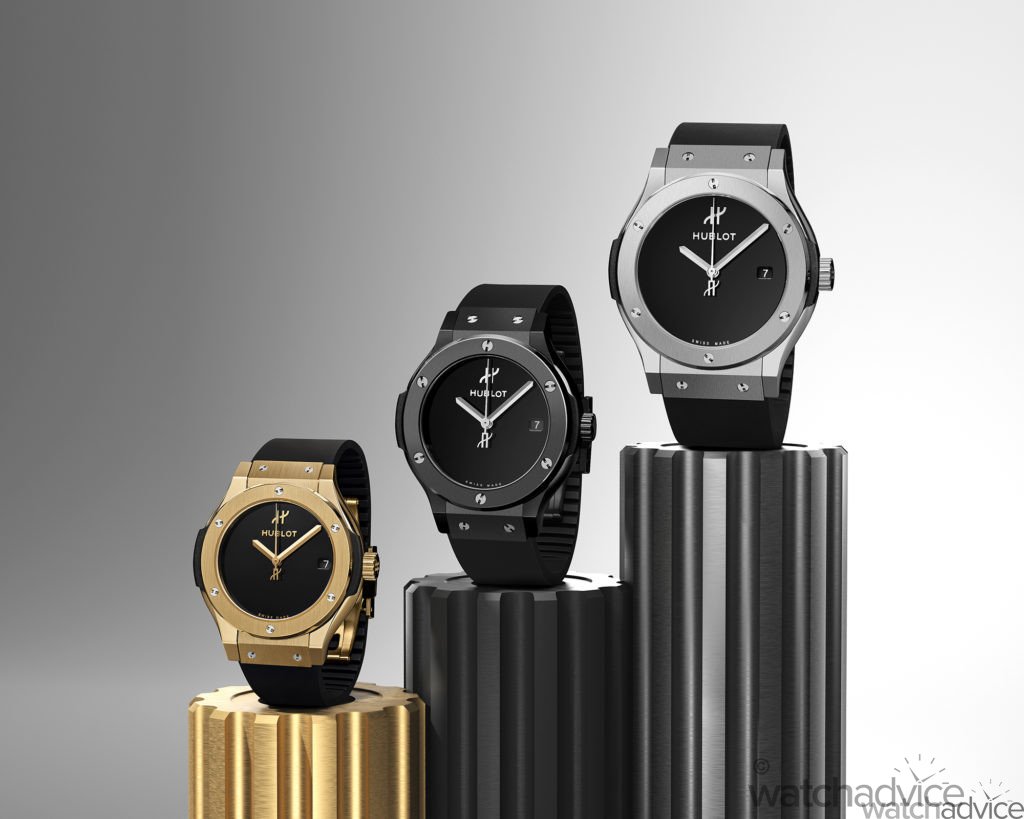
Hublot, on the other hand, is just over 40 years old, meaning it doesn’t have a heritage dating back to 1775, nor did its founder train under Abraham-Louis Breguet. As a result, people naturally equate this with a lack of expertise. But, how many watchmakers, (and I’m talking about the actual people designing the movements and putting them together), out there today are 200+ years old? None. But there is a generation of watchmakers who are changing the industry and carving out their own path and who are very well trained and talented. Just look at the likes of Raúl Pagès who won the Louis Vuitton Prize for Independent Creatives, or Rexhep Rexhepi with Akrivia, or Max Büsser and MB&F. None of these brands have heritage so to speak, but all have massive amounts of expertise working for them.
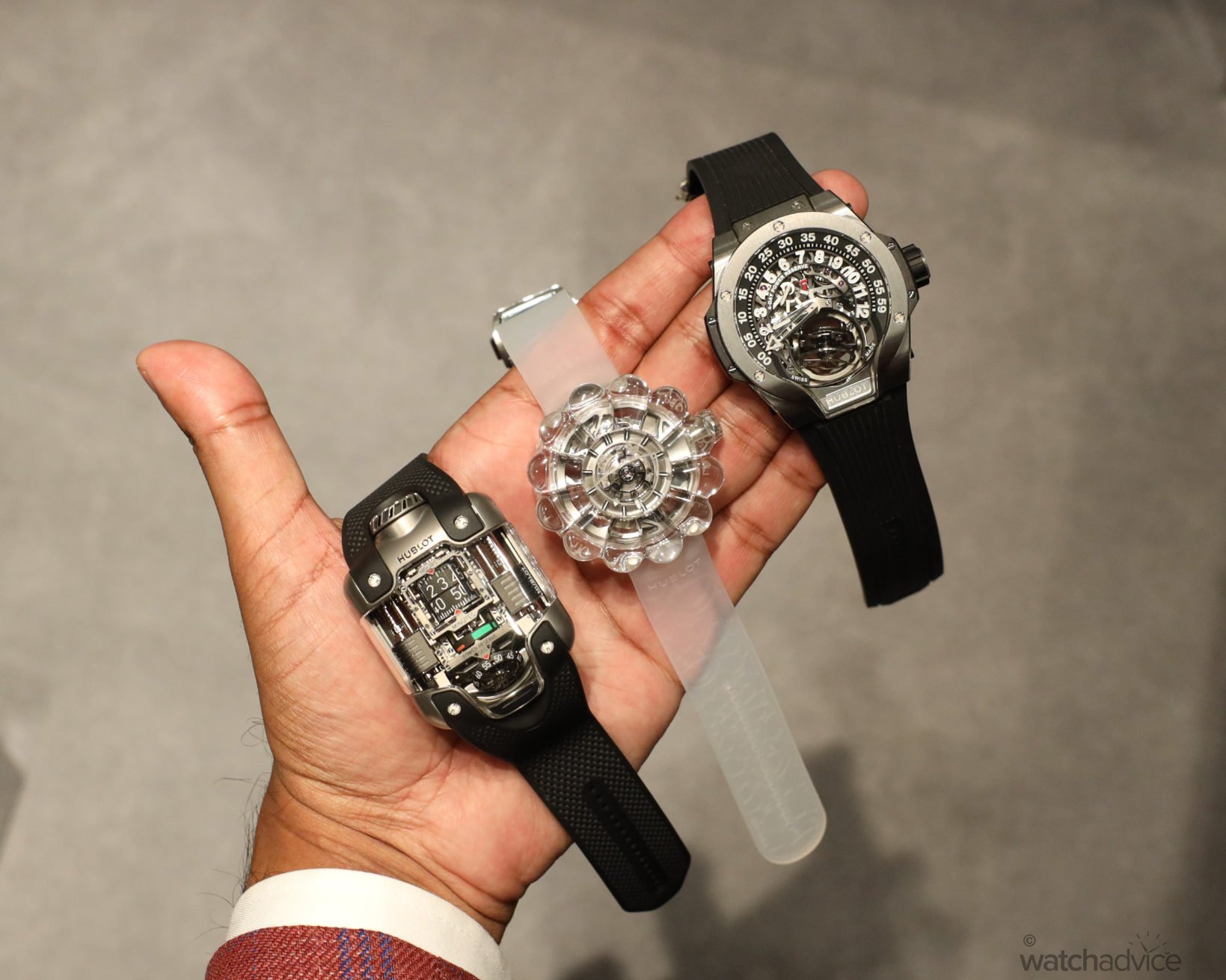
Hublot is no different. They are 44 years young and, like the aforementioned names, are able to carve a path for themselves, just like John Arnold or Abraham-Louis Breguet did centuries ago, or more recently, Francios-Paul Journe, Roger Smith, Kari Voutilainen, and George Daniels to name a few. On top of this, Hublot couldn’t achieve some of the innovations they have like you see in their Master Pieces collection, or the use of material science for the creation of new polymers and materials, or the crazy things they do with movement innovation without this level of expertise. In fact, this is a nice segue to the next misconception…
There Is No Innovation In Hublot
As crazy as it sounds, people still believe Hublot is not an innovative brand. Really? Hublot is a brand that has many firsts within the watch industry. Some are innovative in thought, like combining rubber and precious metal watches together, which on the surface doesn’t sound innovative, but the fact that no other brand dared to do this until Carlo Crocco did with the Classic Original is innovation.
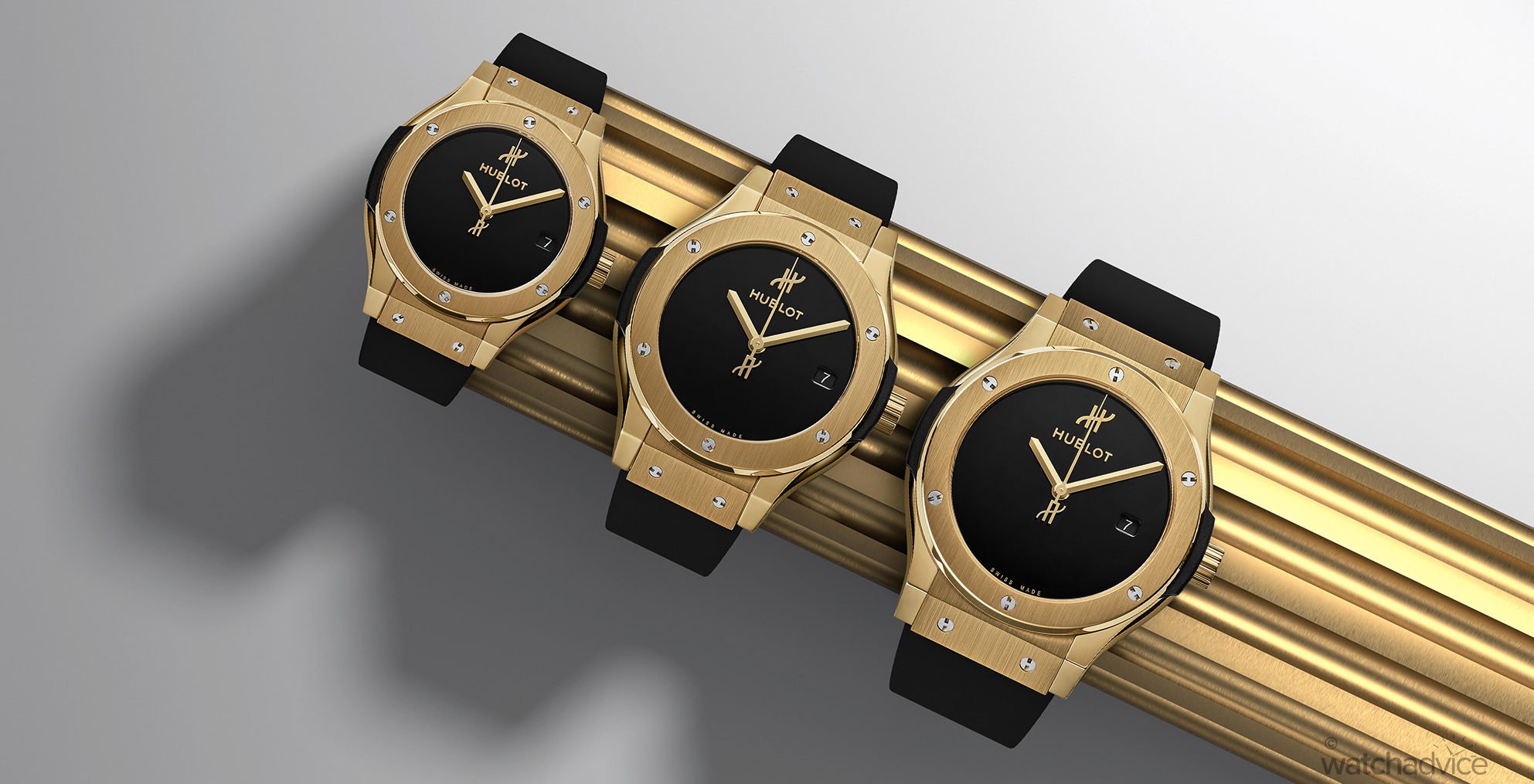
Others are the very definition of innovative like their collaborative designs with artists such as Takashi Murakami or Richard Orlinski, or their movements found in pieces like the MP-10 released this year. In fact, the MP-10 was delayed five years (hence the naming convention being out of sync with the next most recent MP-15) due to it being so complex, and the fact that Hublot wanted to get it perfectly right.
Or let’s not forget about their material science for case designs, such as SAXEM. Tell me another brand that is experimenting with space-aged materials to create a see-through sapphire composite using rare earth elements like thulium and holmium, as well as chromium to create a perfectly translucent case with consistent clarity from every angle?
And let’s not even mention Magic Gold. A scratch-proof gold alloy that no other watch brand uses, and trust me, I’ve seen an example of an over 10-year-old, worn almost every day, well-travelled predecessor of Magic Gold, and it is pristine. Not a single mark on it and like new. Show me another precious metal watch that has these properties.
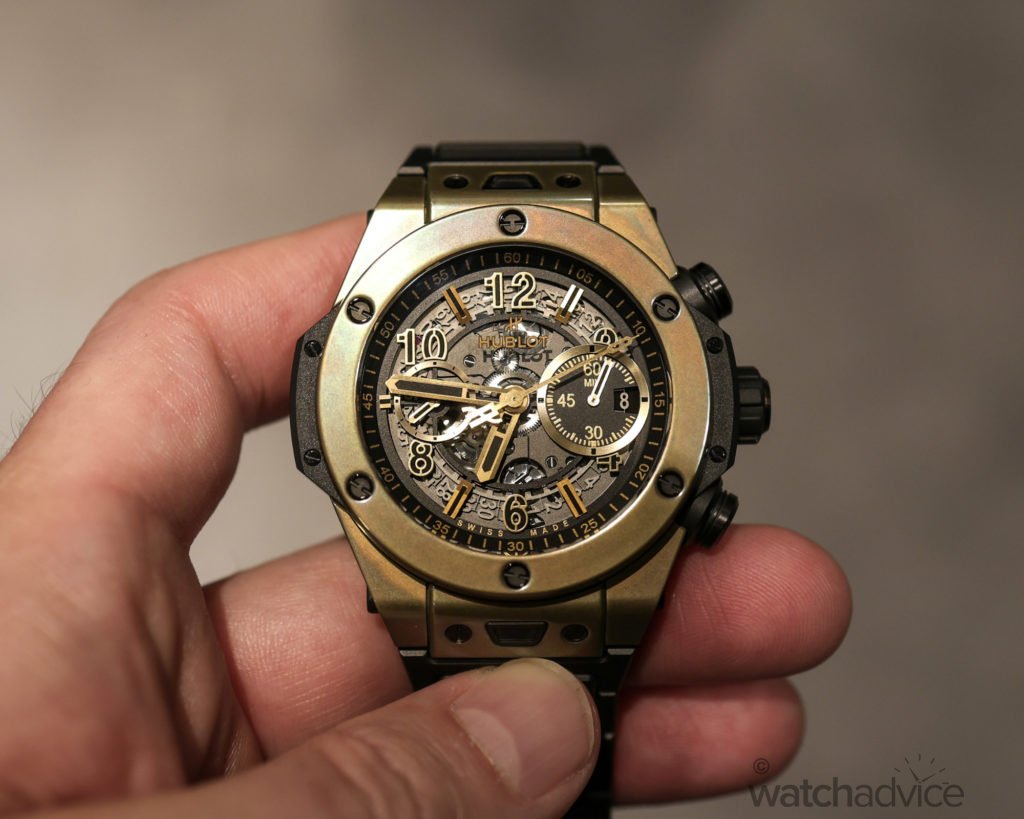
Hublot Is Expensive & Uses ETA Movements
Now this is an interesting topic that pops up time and time again. “Hublot is expensive” is a pretty vague comment and this is why. Expensive as a term is subjective. $1,000 for a watch can be expensive for one person, and cheap for another. In the higher-end luxury watch world, expensive can be into six figures or even seven figures. Is $36k expensive for an inhouse fly-back chronograph movement with an openworked dial and case and bracelet made of full blue ceramic with a 72hr power reserve? I’ll let you be the judge, but if the name of the said piece was Audemar’s Piguet, you would say “I’ll take 3!” But I’ve just described the Hublot Big Bang Unico Integrated Blue Indigo Ceramic, whose ceramic and finishing of the case can go toe to toe with Audemars Piguet any day of the week. And this leads me to the second part of this misconception.
People still talk about Hublot using ETA movements in all their watches. Now, this is partly true as some of their more entry-level pieces do use ETA-based movements. But this is also true of almost every mass luxury watch brand out there, and some of these charge much more for a similar or the same movement base. In addition, these particular pieces are not priced through the roof either.
However, the HUB1280 Unico movement is an in-house movement developed for Hublot by LVMH and used exclusively in the Big Bang Unico pieces. In my opinion (and I’ve tried, worn, and tested many, many chronographs), the Unico flyback chrono movement is one of the best on the market in terms of functionality and ease of use. Go try it out if you’re not sold. The same goes for the HUB6021 Manufacture Manual-winding Power Reserve Skeleton Tourbillon Movement found in the Classic Fusion Orlinski. Not quite ETA!
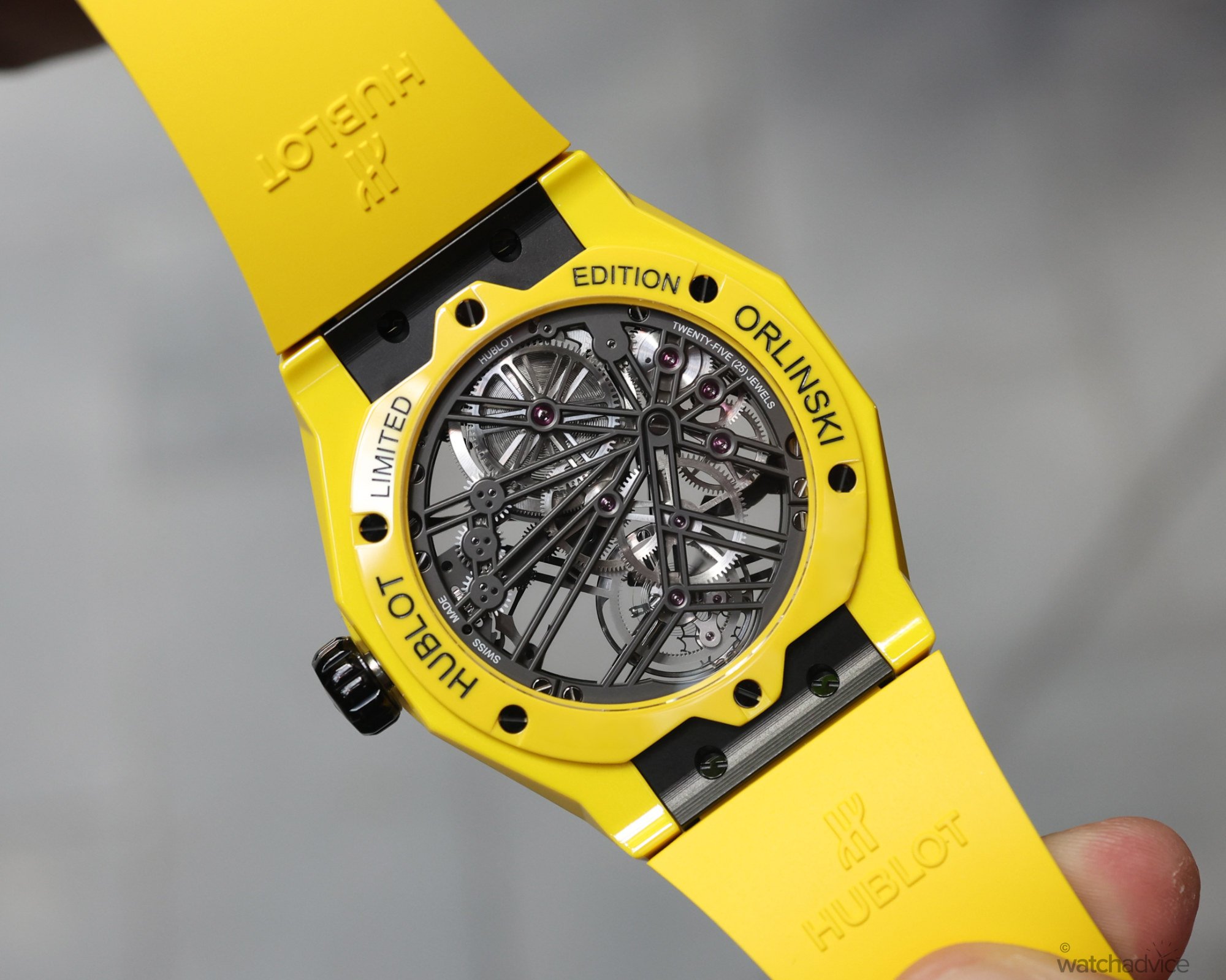
Hublot Is Better Bought Second Hand
Yes, as are most products in life. Watches are no different – they depreciate in value from retail the moment you walk out of the store. Buy a new car, and it depreciates. Handbags, jewellery, shoes. This is just economics for 99% of things out there. Yes, some watches appreciate in value instantly or over time, depending on the model and brand, but for most, they don’t. This means that if you subscribe to this theory, then all watches are better off bought second-hand. But here is the unfortunate truth.
If a product is not bought new, it can never be re-sold as pre-owned. It’s a stark reality that most people forget about, it’s economics. Personally, I have never bought a second-hand watch, and at this stage of my collecting journey, probably won’t in the foreseable future Why? Several reasons – I like the experience of buying new; Going into the boutique or retailer and talking to them, trying out pieces, and getting great service. It’s kind of nice! The other major reason; I know what I’m getting, and there’s very little risk. The watch has a full warranty, and if anything goes wrong, I can take it back, and someone will help me get it fixed.

On top of this, I like the fact that I’m the first owner, and it’s fresh out of the box. There’s no better feeling and with this, I can create memories with it from day one. You don’t get that with second-hand pieces anywhere near as much. But people will always want a bargain, and there will always be a secondary market, which is great and makes for a healthy industry. This, in turn, caters to both types of people. Those who want to get a piece cheaper on the secondary market and those who want the experience of buying new and happy to pay retail. Neither is right or wrong; it’s about personal preference.
Hublot Is Expensive To Service
This misnomer comes up now and again. People have taken their Hublot in for service and complained about the costs. Those people are well within their rights to do so, but again, we’re talking luxury watches here. Highly complex mechanical machines on our wrists that do need a service every now and then or they’ll run less than optimal. But again, I’ll make a point. Not many watch brands that are over a 5 figure price point are all that cheap to service. The more technical and advanced a movement is, the more it is to service it. Just like a car, a Hyundai is cheaper and has fixed prices, and a Porsche is not. Hublot has, however, a solution to this problem.
Hublot now offers customers who purchase online or through their boutiques a complimentary service within the first seven years of ownership for any piece with an in-house movement or El Primero movement. This does take away the pain and expense of the service, and knowing that you don’t need to then pay for it for at least the next decade means that when you average it out, you’re probably paying the same, if not less, than other well-known luxury watch brands. Caveat: This all depends on the brand, service interval, and costs, but you get my drift. It’s a great example of a brand listening to feedback, and offering some additional value for its clients.
Hublot Has Misaligned Bezel Screws
Ok, this isn’t a misconception, as it’s true. It’s more of a pet peeve of people who believe that the screws on the bezels of Hublot’s need to be aligned to the centre circularly so they follow the lines of the bezel and dial, just like they are on the Audemars Piguet Royal Oak. Now, we can’t do much about anyone’s OCD tendencies, but we can explain it so people understand why they are the way they are.
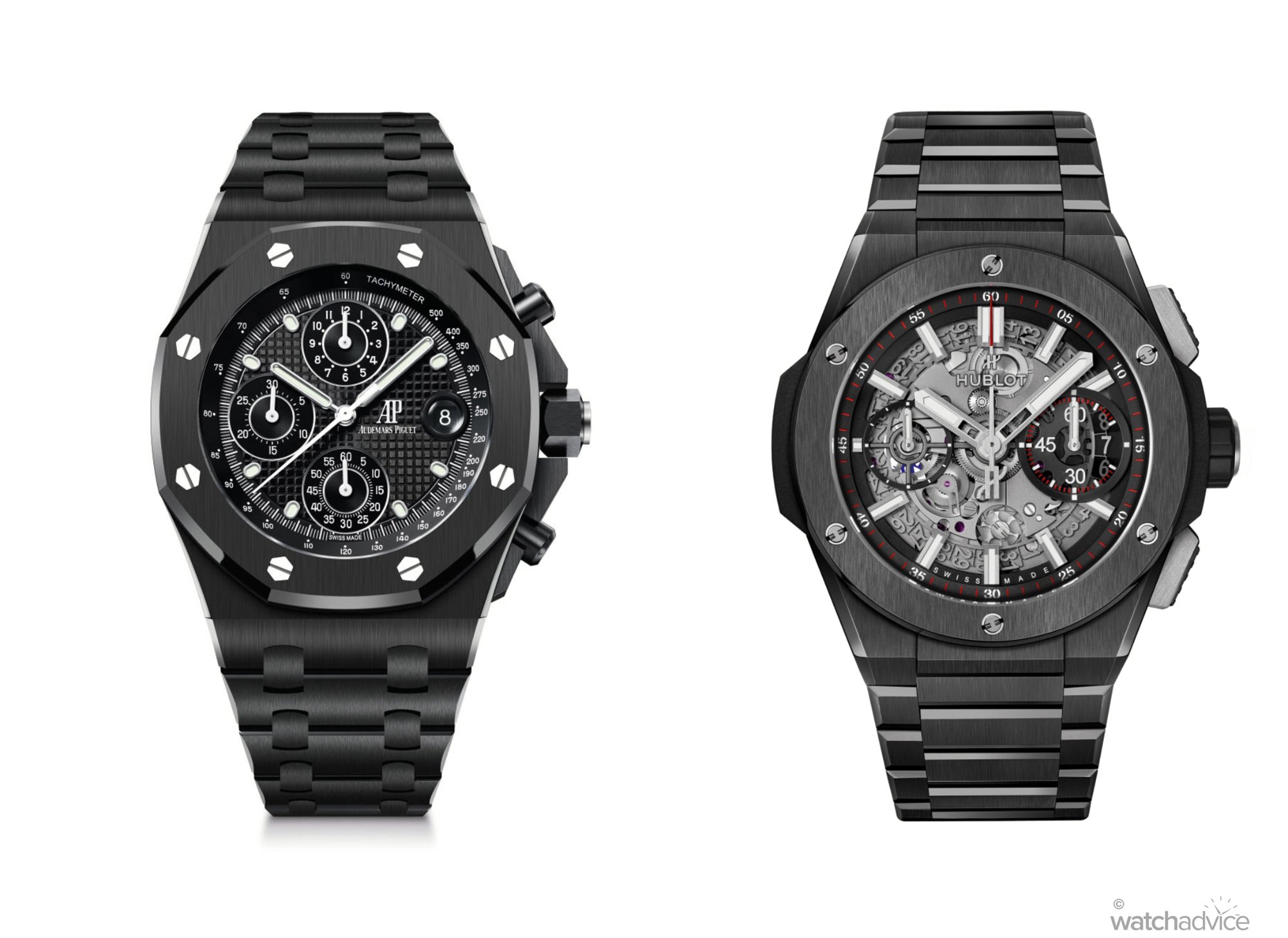
For those that are not aware, AP uses a bolt and screw combination to secure the bezel and case and caseback. The bolts are inserted from the front, which are placed into the hexagonal-shaped holes so the “screw top” perfectly aligns, and then the screw is inserted and screwed into the hollowed bolt from the back. Hublot, on the other hand, uses actual screws that are screwed in from the font to secure the bezel to the case. A different approach to the design and build of the watch. Neither is right or wrong, just different. It all comes down to how particular you are with this type of thing. Personally, I don’t find it an issue, but then others do.
The Average Hublot Wearer Isn’t Who You Think!
Last but not least, there is now a misconception of who the average Hublot owner and wearer is. In the past, it was common to associate Hublot with, how should we say it, less than reputable people, which may have been the case 10+ years ago. However, as times have changed, so have Hublot, their watches, and the people who now typically wear them. Just look at their ambassador roster and partnerships these days – a veritable who’s who of sport across Football (Soccer), golf, tennis, and athletics, contemporary international artists and musicians such as Depeche Mode, and even world-renowned chefs have jumped on board, like 3 Michelin Star Chef, Clare Smyth, the only woman to hold 3 Michelin stars in the UK not to mention her 3 Chef Hat restaurant, Oncore at Sydney’s Crown.
I realise these are ambassadors for the brand, but the point here is this: By Hubot aligning with these people who are at the top of their chosen fields, and many of them in the arts, showcases that Hublot is squarely targeting the modern and discerning consumer who wants to stand out from the crowd. Talking to Hublot, not to mention having spent considerable time in their boutiques, we can safely say that the average customer is now a lot more in line with their ambassadors (that’s the goal right!) than previous notions of underworld figures and people without taste.
How Watch Advice Sees Hublot Today
Many brands in the watch world are currently at a turning point in their history, changing with the times. They also take a look at what made them who they are today and how they can tap into this history and blend it with modernity. Hublot is in the same boat as well – shaking off the stigmas of the last decade or so and tapping into its original DNA to bring the modern consumer a fun and innovative alternative who is not afraid to be different compared to the old guard of Swiss watchmaking.
Hublot to us is an exciting brand based on what it stands for, the pieces it makes, and how it approaches its watchmaking. They’ve never been a conventional watch brand – from the very beginnings when they fused rubber with precious metals, something that is now common in the industry, to the out-there Master Pieces that showcase Hublot’s expertise in engineering and craftsmanship, not to mention the innovation that goes into these.
Personally, I’m excited to learn a lot more about the brand this year, how they make their pieces, and also talking to not only some of the great people who make the pieces but Ricardo himself on how he sees the brand today and where it is heading into the future. On the surface, Hublot is a brand that gets overlooked and a bit of bad press. Peak under the hood of the brand and it’s watches and there’s a lot more to it. As the saying goes, you can’t always judge a book by its cover!


